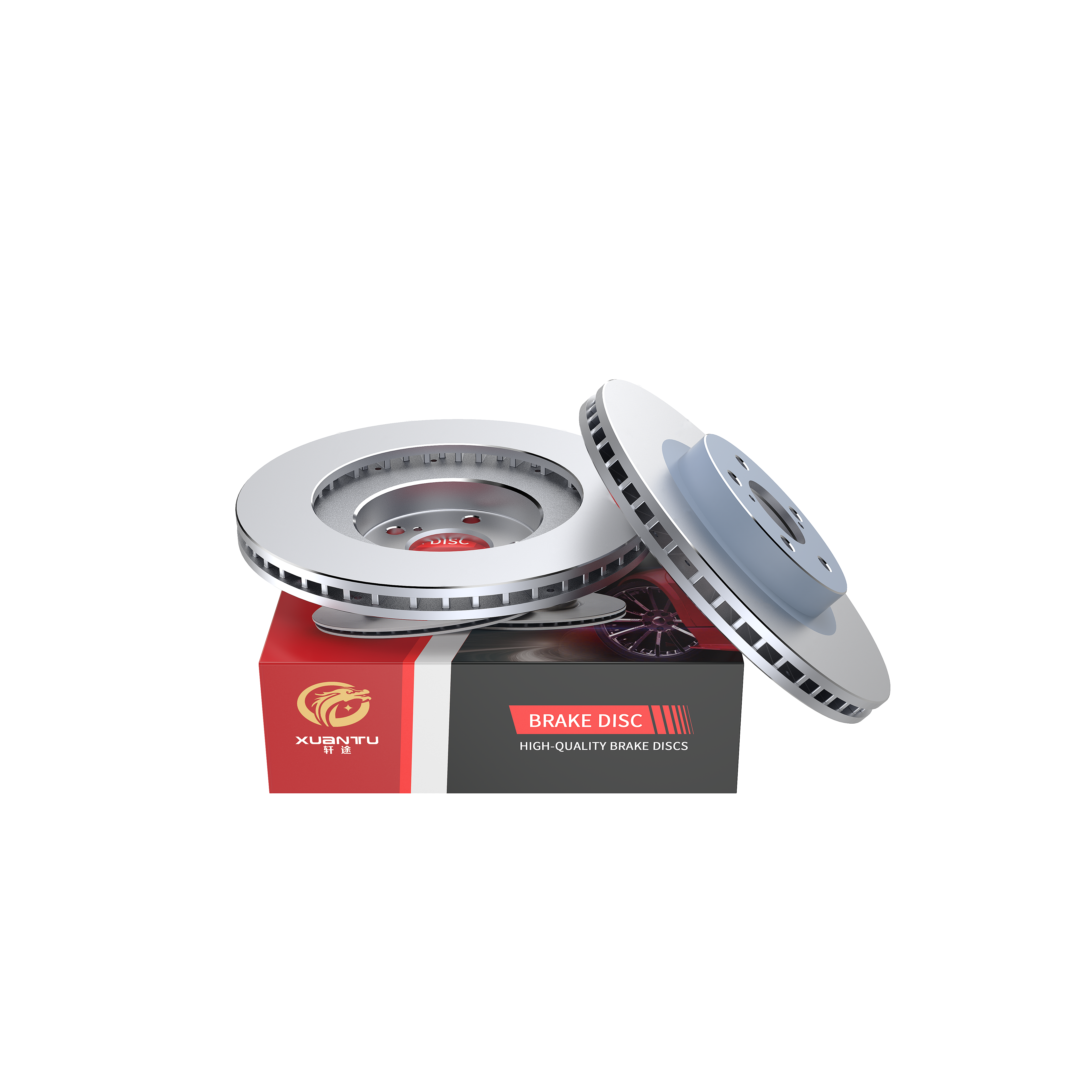disk brake price
Disk brake pricing represents a crucial consideration in automotive maintenance and safety systems. Modern disk brake systems combine advanced materials and precision engineering to deliver reliable stopping power. The price range varies significantly based on factors such as vehicle type, brand quality, and specific components included. Entry-level disk brake sets typically start around $50-100 per wheel, while premium options can exceed $300-500 per wheel. These prices generally include rotors, calipers, and brake pads. High-performance vehicles often require more sophisticated systems with enhanced cooling capabilities and superior materials, which can push prices higher. The market offers various options from OEM (Original Equipment Manufacturer) parts to aftermarket alternatives, each with distinct price points reflecting their quality and durability. Installation costs typically add $200-400 to the total investment, though this varies by region and service provider. When considering disk brake prices, it's essential to factor in the long-term value, as higher quality components often provide better performance and longer service life, potentially offering better cost-effectiveness despite higher initial investment.
